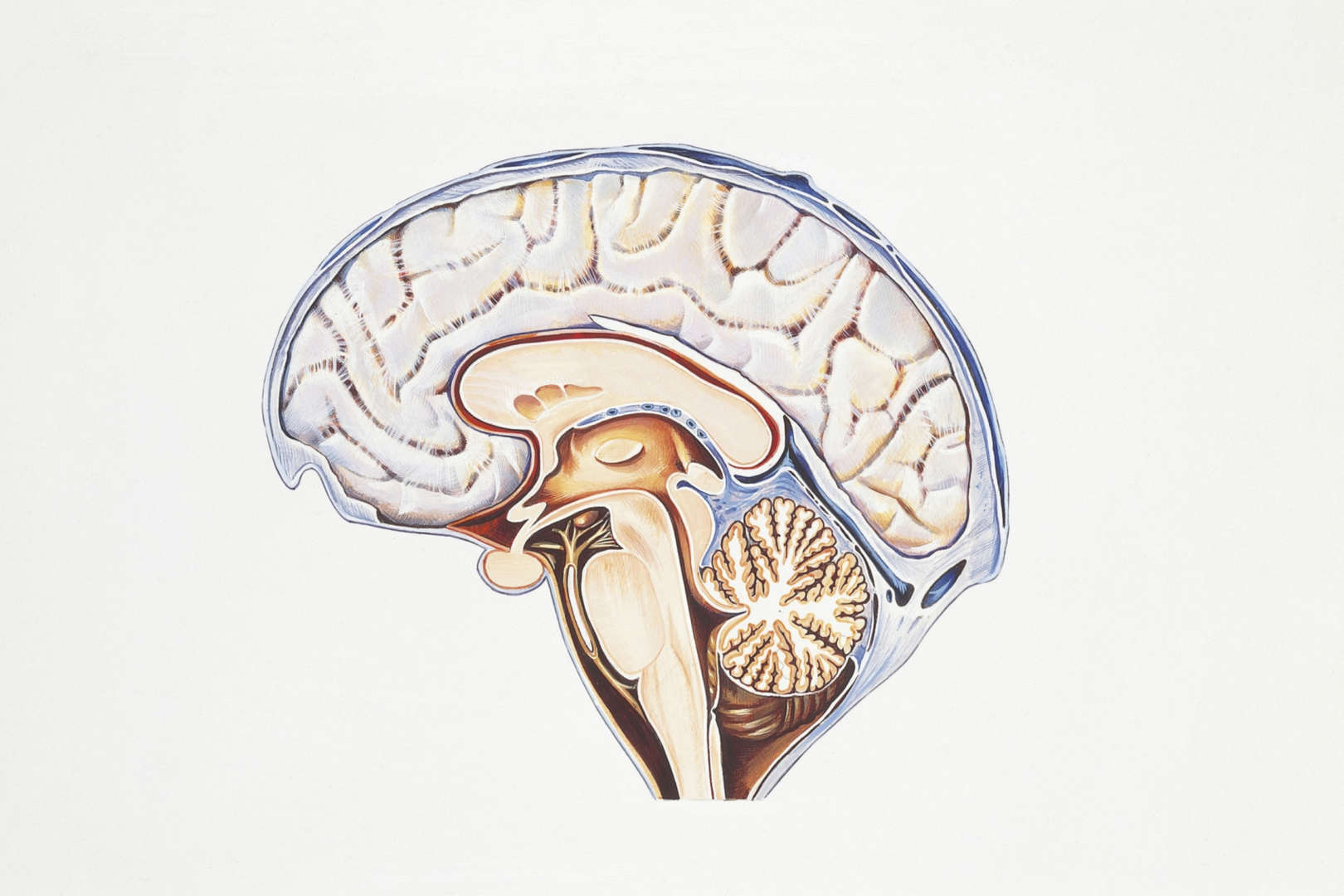Key Brain Structures in Anxiety
-
Amygdala
-
This almond‑shaped region is central to processing fear, threat detection, and rapid emotional responses.
-
In anxious states, the amygdala often becomes hyperactive: it overreacts to ambiguous stimuli, interpreting them as dangerous.

-
-
Prefrontal Cortex (PFC)
-
This is the “executive” area: planning, decision making, impulse control, regulating emotions.
-
Normally it helps suppress or modulate the amygdala’s fear response. But in anxiety, PFC regulation weakens; the amygdala’s signals dominate.
-
-
Hippocampus
-
Involved in memory and context: distinguishing between what’s genuinely dangerous vs. what’s not.
-
Anxiety disorders often show changes in hippocampal function, making it harder to properly contextualize threats. Memory of past negative events can bias perception of new ones.
-
-
Anterior Cingulate Cortex (ACC) and Insula
-
ACC monitors conflict (e.g. when what you feel vs. what you should do are at odds), error detection.
-
Insula tracks internal body states (heartbeat, breath), contributing to awareness of physical anxiety symptoms. Heightened insula activity correlates with stronger feelings of anxiety.
-
-
Hypothalamus‑Pituitary‑Adrenal (HPA) Axis
-
When a threat is perceived, the hypothalamus triggers pituitary to release hormones, which prompt the adrenal glands to release cortisol.
-
Cortisol helps in coping with immediate stress, but chronic elevation has damaging effects (sleep disruption, immune issues, mood dysregulation).
-
Neurotransmitters & Chemical Mediators
-
Cortisol is a key stress hormone. In chronic anxiety, high and persistent levels of cortisol can change brain structure (e.g. hippocampus shrinkage) and function.
-
GABA (gamma‑aminobutyric acid) helps inhibit overactive neurons; deficits are often found in anxiety, which makes calming down harder.
-
Other chemicals like serotonin, norepinephrine, and dopamine are also involved: they modulate mood, arousal, and ability to regulate stress and anxiety.
How Anxiety Manifests
-
The fight / flight / freeze / fawn responses are triggered by amygdala in perceived threat. The PFC often cannot override in high anxiety, which leads to sometimes exaggerated or inappropriate responses.
-
Memory bias: hippocampus may store negative experiences more strongly; thus, new situations are often judged through the lens of past anxiety.
-
Physical symptoms: racing heart, sweating, shortness of breath, muscle tension, gastrointestinal upset. These are mediated by autonomic nervous system and hormones.
Long‑Term Effects & Treatment
-
Untreated chronic anxiety can lead to structural and functional brain changes (e.g. reduced PFC activity, hippocampal shrinkage, over‑reactive amygdala).
-
Treatments like Cognitive Behavioral Therapy (CBT) strengthen PFC control over amygdala, helping re‑interpret threats and reduce exaggerated fear responses.
-
Medications (e.g. SSRIs) modulate neurotransmitter levels; other interventions include mindfulness, exercise, good sleep, and stress management.
Neymar Jr.: World Star Footballer – Role, Features, Career & Style
While neuroscience explains anxiety, many top athletes like Neymar Jr. operate under huge pressures. Understanding his role, traits, and career helps see how mental resilience plays in football stardom.
Early Life & Career Highlights
-
Full name: Neymar da Silva Santos Júnior; born 5 February 1992, in Mogi das Cruzes, Brazil.
-
Started youth career in Santos FC, breaking through in 2009; won South American Footballer of the Year in 2011, 2012. Big transfer to FC Barcelona in 2013; part of the legendary attacking trio “MSN” (Messi‑Suárez‑Neymar).
-
Then moved to Paris Saint‑Germain (PSG) in 2017 for a world‐record fee; in 2023 transferred to Al Hilal then returned to Santos in 2025.
Role & Position on Field
-
Flexible attacking player: plays as a winger (often left wing), attacking midfielder, sometimes second striker. In formations like 4‑3‑3 he often drifts inside from the wing.
-
A creative force: besides scoring, Neymar plays roles in set pieces, assists, free kicks, and build‑up play. He is not just a finisher but a playmaker.
Key Features & Skills
-
Dribbling ability
-
Exceptional control in tight spaces, quick direction changes, feints, tricks.
-
Close control under pressure is one of his hallmarks.
-
-
Vision & Creativity
-
Ability to see passing lanes others don’t, make unexpected passes, “opening up” defences.
-
-
Finishing & Two‑Footedness
-
He can shoot well with both feet; capable with headers, penalties, free kicks. Not the tallest, but timing and technique help.Set‑Piece Threat
-
-
-
Free kicks are a major weapon; precision, curve, placement. Also takes penalties.
-
-
Agility & Speed
-
Quick acceleration, ability to shift direction, good balance. Helps evade defenders.
-
-
Flair & Showmanship
-
Neymar is known for “Brazilian flair” — tricks like rainbow flicks, step‑overs, body swerves. These aren’t just for show; they can create space, misdirect defenders.
-
Achievements & Records
-
Neymar holds Brazil’s record for most international goals, surpassing Pelé.
-
Won major club trophies: La Liga, Champions League with Barcelona; multiple league titles with PSG; Copa América, Confederations Cup, Olympic Gold (2016) with Brazil.
Mental & Physical Challenges
-
Injuries: Neymar has suffered several injuries, which has impacted availability and performance. Recovering from injury both physically and mentally is demanding.
-
Physical treatment: As one of the most fouled players, he often gets rough treatment from opponents. Tough defenses target him.
-
Pressure & Expectations: From early youth, compared to legends; massive media attention, high transfer fees, constant demands to perform. Psychological resilience is crucial.
How Neuroscience of Anxiety Connects to Neymar & Top Athletes
-
The high‑stakes environment (big games, transfers, injuries) is a potential trigger for anxiety. The brain’s wiring (amygdala, PFC, hippocampus) plays literally a role in performance under pressure.
-
Fluctuations in stress hormones (like cortisol) before or during matches can affect decision making, motor control, timing.

You must be logged in to post a comment.